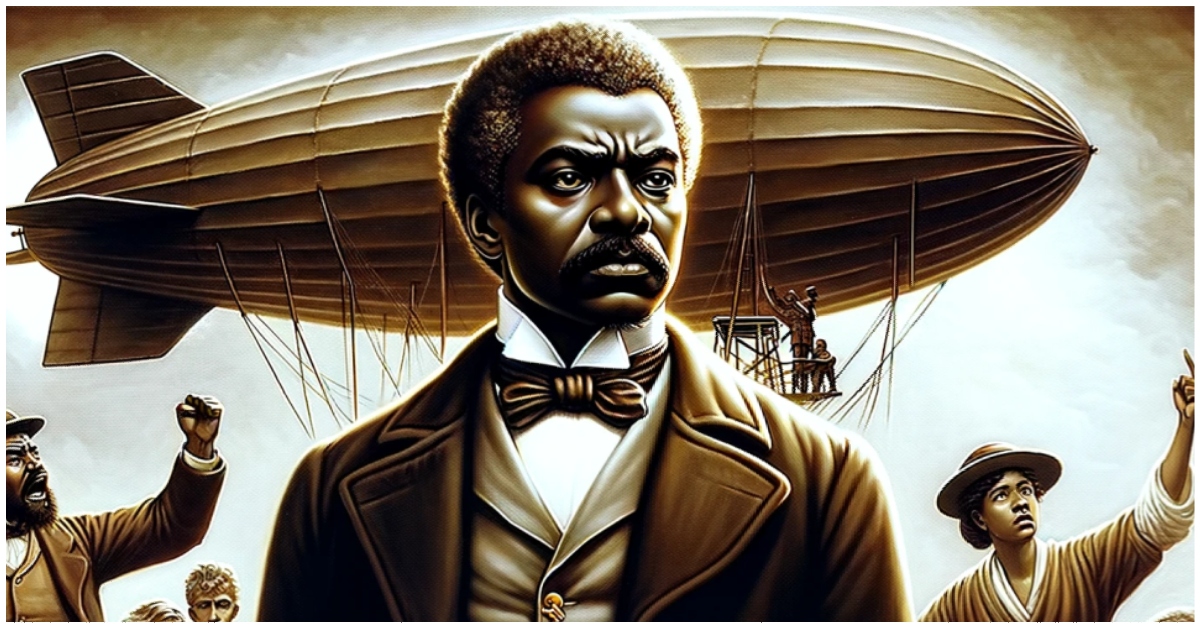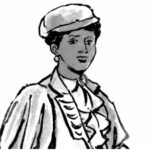A Revolutionary Airship Design Before the Wright Brothers
Charles Frederick Page, a former slave from Pineville, Louisiana, patented an innovative airship design in 1906 – three years before the Wright Brothers patented their aircraft. Page’s design incorporated a dual-balloon system that allowed greater control of altitude compared to traditional single-balloon airships.
The airship featured a hull resembling a sailboat to house its engine and propeller for forward thrust. It also had a rudder for steering, enabling Page to navigate the aircraft precisely. His revolutionary design was a radically different approach to flight compared to the Wright Brothers’ plane with its wings and cables for lift and control.
Page was developing his airship in parallel to the Wright Brothers’ experiments – both pursuing divergent paths to the dream of powered flight. While the Wright flyer is entrenched in aviation history, Page’s accomplishments remained obscured for over a century.
Racism Robs Page of His Place in History
Page planned to showcase his pioneering airship at the 1904 St. Louis World’s Fair and compete for a $100,000 prize. Tragically, his airship model mysteriously disappeared en route to St. Louis. His family believes it was likely sabotaged and destroyed out of racist intentions to undermine his innovations.
This loss was incredibly damaging, both emotionally and financially, forcing Page to abandon aviation. The racist climate of the early 20th century often denied Black innovators recognition and opportunity. The disappearance of Page’s model reflects the broader experience of Black pioneers seeing their work plagiarized or contributions erased.
Celebrating An Unsung Pioneer of Flight
Recently, Pineville has taken steps to acknowledge Page’s groundbreaking achievements by unveiling a commemorative landmark. But beyond mere recognition, his story underscores the need to actively counter the exclusion of Black inventors from historical narratives.
We must continue to highlight marginalized stories and celebrate Black excellence across all fields. Charles Frederick’s drive to innovate, despite facing immense societal barriers, is inspiring. His pioneering airship design marks an alternative path in aviation’s origins that demands greater attention.
As we reevaluate traditional histories, Page’s remarkable story sheds light on untold stories of ingenuity. It compels us to combat systemic biases that have discounted countless other Black inventors and scientists that shaped our technological progress.





